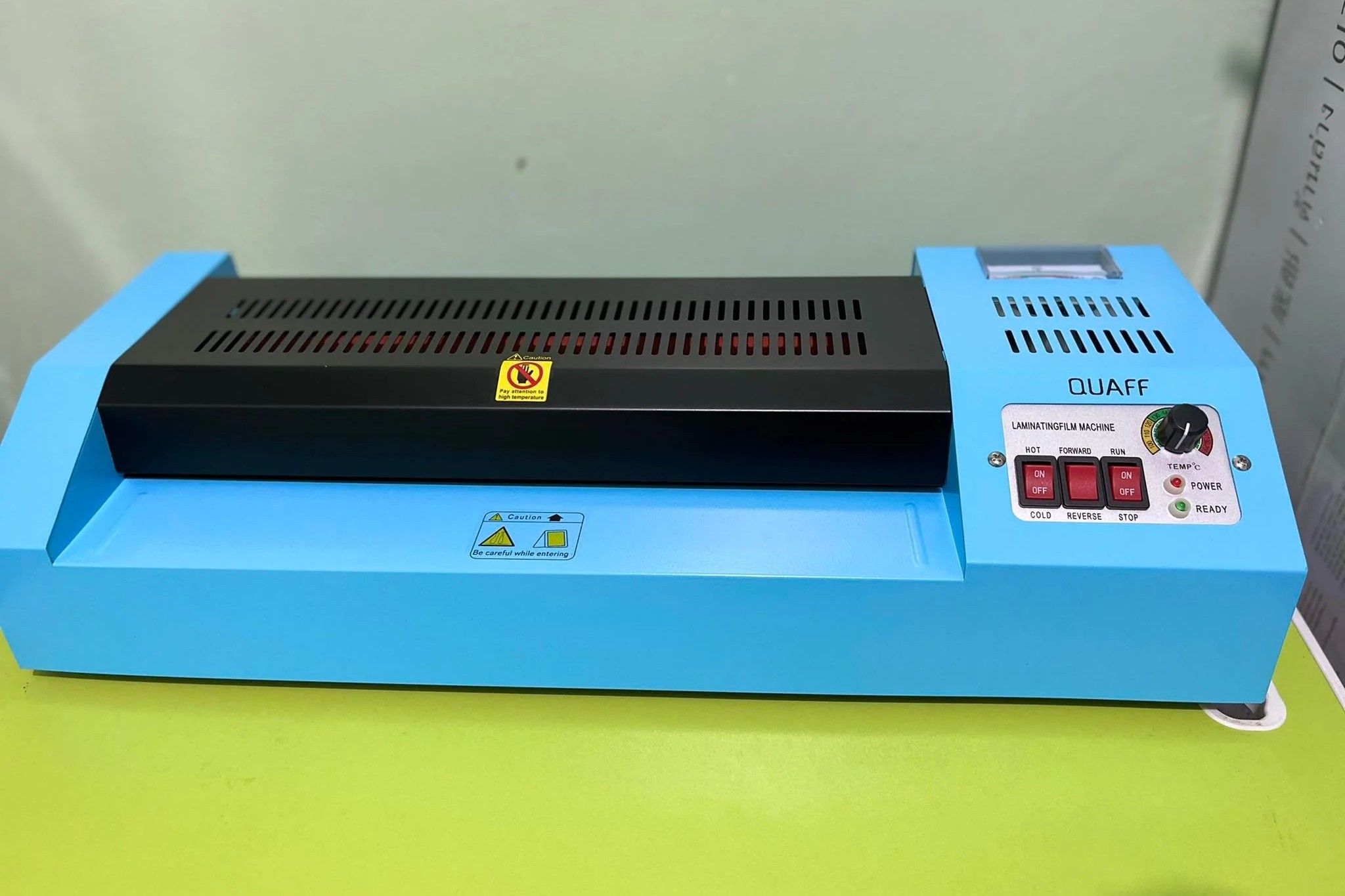
Ever wondered how laminators work or why they’re so popular? Laminators are essential tools in schools, offices, and homes. They protect important documents, create durable teaching aids, and even help craft enthusiasts. But there's more to these handy machines than meets the eye. From their history to the different types available, laminators have a fascinating story. Did you know that the first laminator was invented in the 1930s? Or that there are hot and cold laminators, each with unique benefits? Whether you're a teacher, student, or DIY lover, understanding laminators can make your projects smoother and more professional. Ready to learn some cool facts? Let's get started!
What is a Laminator?
A laminator is a machine that applies a protective layer of plastic to documents, photos, and other flat items. This process helps preserve and protect these items from damage, wear, and tear. Let's dive into some interesting facts about laminators.
-
The first laminator was invented in the 1930s to protect important documents from moisture and dirt.
-
Laminators come in various sizes, from small desktop models to large industrial machines.
-
There are two main types of laminators: hot laminators and cold laminators. Hot laminators use heat to seal the plastic, while cold laminators use pressure.
-
Hot laminators typically reach temperatures between 220°F and 300°F.
-
Cold laminators are ideal for heat-sensitive materials like photographs and certain types of paper.
How Laminators Work
Understanding how laminators work can help you choose the right one for your needs. Here's a breakdown of the process and some fascinating details.
-
Laminators use rollers to feed the document through the machine, ensuring even application of the plastic film.
-
The plastic film used in laminators is called laminating pouches or rolls, depending on the machine type.
-
Laminating pouches come in various thicknesses, measured in mils. Common thicknesses range from 3 mil to 10 mil.
-
Thicker laminating pouches provide more protection but may require a more powerful laminator.
-
Some laminators have adjustable temperature settings to accommodate different pouch thicknesses and materials.
Benefits of Laminating
Laminating offers numerous advantages, making it a popular choice for preserving important items. Here are some key benefits.
-
Laminating protects documents from spills, stains, and fingerprints.
-
It enhances the durability of frequently handled items like menus, ID cards, and instructional materials.
-
Laminated items are resistant to tearing and bending.
-
Laminating can improve the appearance of documents by giving them a glossy, professional finish.
-
It can also make colors appear more vibrant and text easier to read.
Uses of Laminators
Laminators are versatile machines with a wide range of applications. Here are some common uses.
-
Teachers use laminators to protect educational materials like flashcards, posters, and worksheets.
-
Businesses laminate important documents such as licenses, certificates, and signage.
-
Laminators are used in the food industry to create durable, easy-to-clean menus.
-
Artists and photographers laminate their work to preserve and protect it from damage.
-
Laminating is popular for creating reusable items like dry-erase boards and checklists.
Tips for Using a Laminator
To get the best results from your laminator, follow these helpful tips.
-
Always use the correct pouch thickness for your laminator to avoid jams and poor sealing.
-
Preheat your laminator before use to ensure even application of the plastic film.
-
Feed documents into the laminator slowly and evenly to prevent wrinkles and bubbles.
-
Trim excess plastic from the edges of laminated items to give them a clean, professional look.
-
Regularly clean your laminator's rollers to remove adhesive buildup and ensure smooth operation.
Fun Facts About Laminators
Laminators have some surprising and fun aspects. Here are a few you might not know.
-
The largest laminator in the world can laminate items up to 60 inches wide.
-
Some laminators can laminate both sides of a document simultaneously, saving time and effort.
-
Portable laminators are available for on-the-go use, perfect for traveling professionals.
-
Eco-friendly laminating pouches made from recycled materials are becoming more popular.
-
Laminators are used in the production of solar panels to encapsulate and protect the photovoltaic cells.
Laminators: More Than Just Office Tools
Laminators aren't just for offices. They protect important documents, create durable teaching aids, and even help with craft projects. These machines come in various sizes and types, from small personal ones to large industrial models. They use heat or pressure to seal plastic film around paper, making it waterproof and tear-resistant. Laminating can save you money by preserving items longer and reducing the need for reprints. Plus, it adds a professional touch to presentations and signs. Whether you're a teacher, student, business owner, or hobbyist, a laminator can be a handy tool. So next time you need to protect or enhance a document, consider laminating it. You'll be surprised at how versatile and useful these machines can be.
Was this page helpful?
Our commitment to delivering trustworthy and engaging content is at the heart of what we do. Each fact on our site is contributed by real users like you, bringing a wealth of diverse insights and information. To ensure the highest standards of accuracy and reliability, our dedicated editors meticulously review each submission. This process guarantees that the facts we share are not only fascinating but also credible. Trust in our commitment to quality and authenticity as you explore and learn with us.
